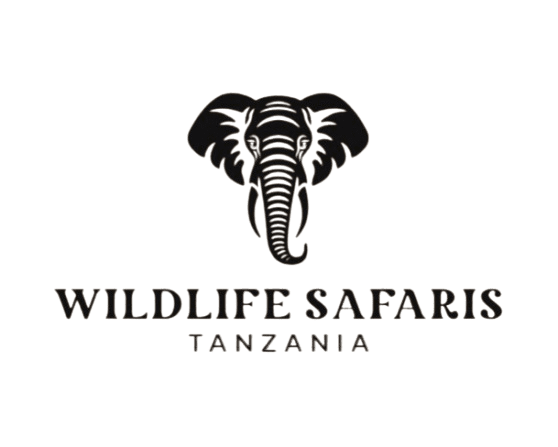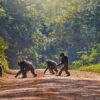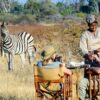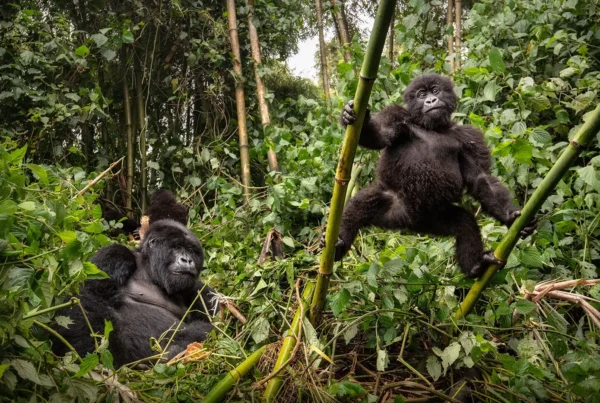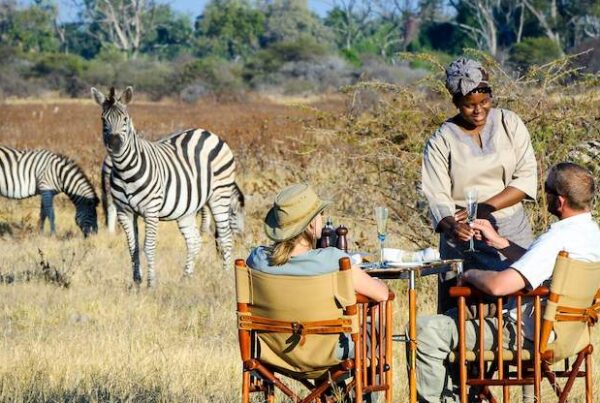Experience the Ultimate Safari in Serengeti National Park in 2025!
The Serengeti is home to a world-renowned natural marvel and is a prime example of an authentic ecosystem. Here you will find the most extreme situations, such as predator-prey hunts at high speed, animal migration, and a variety of wild noises. The Serengeti National Park solidified its position as Africa’s premier park in 2025 by winning two prestigious awards: Africa’s Leading National Park and Africa’s Leading Big 5 National Park.
Is this award questionable? Since it is an award from the esteemed World Travel Awards, the answer is clearly no. In case that isn’t enough to sway your decision, consider planning a vacation to witness the enchantment for yourself. If we tell you now, you’ll be voting for it again next year. Come with me while I show you the Serengeti.
Mass Migration
In quest of more verdant grazing areas, more than 1.5 million hoofed animals traverse the Serengeti-Mara habitat annually, moving northward. The zebra is crucial in recalling the long-forgotten path, but the wildebeest gets all the glory.
The Serengeti National Park in Tanzania and the Masai Mara National Reserve in Kenya are both featured animal sanctuaries on the migration, but the former is visited for a longer duration. This seemingly endless phenomenon has been going on for at least a million years, and many people who appreciate nature find it irresistible.
Take a look at this event’s quick guide.
• Every December, the grasslands to the south of Serengeti welcome the animals. Within the Ngorongoro Conservation Area, they expanded to the Ndutu area.
Half a million calves are born to them during the months of January and March. It is the beginning of this fantastic performance, I suppose. And there are days when eight thousand calves are born.
• The herds begin their journey north through Moru Kopjes in April or May (or early June) in order to establish themselves on the expansive plains of Seronera. Here you may see bullfights as they compete for the attention of girls.
• Species inhabit the Western Corridor between the months of June and July. They continue north after fording the Grumeti River, a less famous river crossing.
Crossings of the Mara River occur between the months of July and August. Many filmmakers and nature enthusiasts seek out these river crossings, so they might get a bit busy.
• River crossings on the Kenyan side may be maintained from September to October. The Masai Mara grasslands were the next stop for the animals.
• In the southern Serengeti, November is when the brief rains begin. In their haste to calve, animals follow the rain and make their way south, over the Mara River. It everything starts over again.
According to our research, the Ndutu and Southern plains are ideal places for wildebeests to give birth between the months of December and March due to the abundance of healthy grass in those areas. The Ngorongoro Mountains’ volcanic activity is believed by geologists to have provided the fertiliser for the plains’ soil. The wind blew the volcanic ash into these plains, turning them into fruitful land.
Five Powerhouses.
Lions, leopards, buffalo, elephants, and rhinos are Africa’s national treasures, and the Serengeti is home to all five of them. Plus, it was a category winner. These creatures, whose names don’t do them justice, are the main attraction, thus most visitors flock to view them. You would be mistaken about them. The phrase “Big Five” was first used by traditional hunters to describe five species that were challenging to track down on foot. Reason being, these animals exhibit a violent transformation when trapped and, without intervention, would murder the hunter. Find out how to see the Big Five in the Serengeti with this handy guide.
• The park is teeming with lions. In the Seronera Valley, in the middle, you’ll find an even greater concentration. The serengeti is home to an estimated 1,000 leopards, although you’re more likely to see them lounging on the plains speckled with kopjes. Along the Seronera River’s banks, they have a promising tally. Looking up at an acacia or sausage tree increases your chances of seeing one, or you can take a drive in the early morning or late at night. • There are a lot of elephants. Elephants are the masterminds behind riverine forests and woods. The Seronera and Lobo are good places to look for them. The black death buffalo, which lives in herds of 400, roams meadows and forests, and you may identify them by listening for trees snapping. They have a dark look that is visible from a distance. Bear in mind that lone bulls pose a greater threat. • Black rhinos can be seen in the Moru Kopjes, but these are specifically protected areas. They pass from the Masai Mara and occasionally meet in the Seronera, as well as in the north, close to Sayari Camp.
Our take: if you extend your stay, you increase your chances of seeing a black rhino, which is typically the deciding factor in whether or not you can see all five of the big cats.
Incredible variety of predators
The Serengeti truly is the epicenter of predators on Earth. Central to the park, the Seronera is known as the Big Cat Capital. There are an astounding three thousand lions, one thousand leopards, and five hundred fifty cheetahs. South of the Seronera, you may find a plethora of cheetahs, the swiftest land mammals.
Spotted hyenas, bat-eared foxes, jackals, mongooses, genets, serval cats, and wild cats are among the other predators you could encounter. When animals migrate in search of better pastures, predators always follow. On the periphery of the migrating herd, they keep tabs.
Our recommendation? Hit the road first thing in the morning or last thing at night to catch predators in the act. Most predators go on their prowl at this time.
Last comment.
Get in touch with us if you need assistance exploring Serengeti National Park. Your desires to witness the Big Five and to travel the wildebeest migration may be fulfilled in this vast and wide national park. It just takes a few minutes for our planners to create your itinerary.
